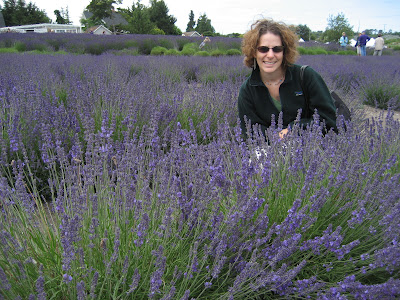So how is it that only 450 years ago these were all the same people? Before Luther knocked on the old Cardinal's door, the people of the Low Countries lived harmoniously together, eating waffles and digging canals. Contrary to popular belief, however, those in the north weren't encouraged to leave by religion alone. They were drawn away from Antwerp towards Amsterdam by the opportunity to make more money. Merchants decided that rather than give part of their hard-earned cash to the occupying Spanish, they would rather keep it all to themselves. And the fact that they didn't want to worship false idols came as an afterthought. Those lucky Dutch. Amsterdam's position on the North Sea combined with a few profitable colonizations turned it, almost overnight, into the world's richest city in the early seventeenth century.

This fact is plainly obvious, even after only two days in the Netherlands. The churches are small and plain compared to Belgian standards: no elaborate altars, no side chapels full of relics. They are clean, tidy places with sparkling chandeliers, white walls, and large organs. In fact, while some religious fanatics (yes, there were some) wanted to burn the organs along with all the other Catholic icons, many people wisely stepped in, played the money card (organ-building was a lucrative career for many Dutchmen), and saved the organs from destruction.
Seventeenth-century Dutch paintings reflect the people's wealth in numerous ways. The people are central: men and women wearing massive lace collars and expensive jewelry. They are often pictured in their familiar surroundings, whether it be an elaborate sitting room or a tropical plantation in the Dutch East Indies. I spent two hours wandering through the masterpiece collection of Amsterdam's Rijksmuseum--some of the best Dutch paintings around--and found barely a single representation of religion.

Dutch architecture is wonderfully varied. The rooftops are marked by the famous gables, false fronts that are meant to enhance sharply-pitched roofs. They come in all shapes and sizes and are sometimes decorated with animal and human heads, garlands, urns, scrolls, and curlicues. The gables have such names as Point, Bell, Step, and Spout. And, according to Rick Steves there is "probably even a clark gable, but frankly, I don't give a damn."
My favorite thing about Holland is its willingness to flaunt itself in all its rich, varied glory. Tacky sex shops line up right alongside the upscale cigar bars. While in Belgium your elderly neighbor drinks strong beer, in Holland she can (and probably does!) smoke pot. The tacky signs of tourism are everywhere, and yet you can be in the lovely, tree-lined Jordaan district in a matter a blocks.
So what do the Flemish have to say about their northern neighbors? They don't know how to cook. They are too loud. They are penny-pinchers. What do I say about the Dutch? Well, from what I tasted they really don't know how to cook. But eating aside, the Dutch know how to relax, have fun, and be themselves. I can't wait to go back!


No comments:
Post a Comment